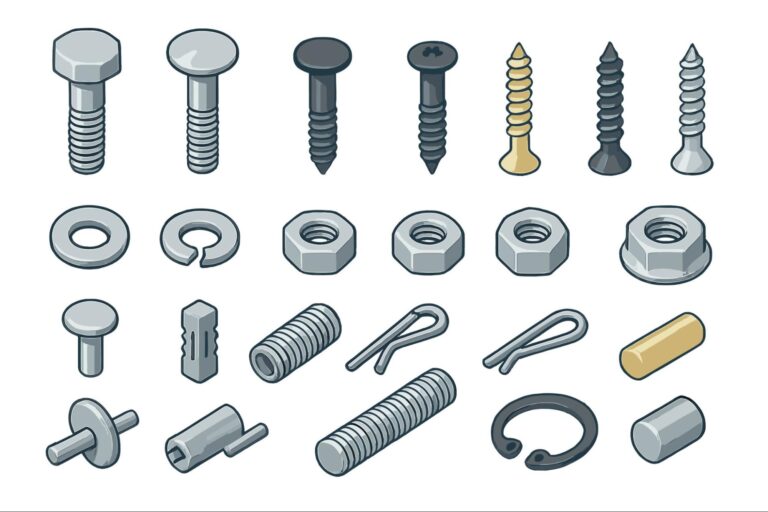Time to read: 3 min
Painting your 3D models has always been an elusive subject. What kind of paint do you use? Will it stick to the 3D printed material? How will the quality look? These are just some of the questions floating around the heads of many designers and engineers.
Over years of trial and error, one method we’ve realized works really well is acrylic spray paint. It sticks, provides a quick even finish, and the final result looks amazing.
Here’s a quick and easy way to use this technique:
1. Model Your Design
Create a model of your design.
2. 3D Printing
3D print the model on the Form 1 + at the medium setting of 50 microns. This will give us a layer size that will capture all the small details, yet it won’t take too long to print.
3. Priming
Once the model is printed, go ahead and clean it up as usual.
Next, time to do some waiting. You have to wait for the print to dry after it comes out of the printer, as priming a wet print would lead to the primer failing to bond with the surface.
Once our print is clean and dry, we spray our model with primer. After trying out lots of different primers, we’ve gotten the best results with Tamiya Surface Primer. The beauty of this product is that it’s extremely fine and provides a layer so thin that all the details remain perfectly intact.
Safety tip: It’s best to wear all the safety gear for this step: safety glasses, gloves, and a respirator.
When spraying your model, keep a healthy distance between the nozzle of your spray can and your model — usually 10 inches works well, but this can vary. Then we like to hold it even further back for the finishing touches.
The main thing to remember is to work as lightly as possible because you can always add more later on in another coat.
4. Spray Painting
Now for the fun part! After some experimentation, we’ve found the best results come from the Montana Gold Acrylic Professional Spray Paint.
Before starting to paint, however, make sure your primer is fully dry. One quick and easy way to speed this part of the process up is by using an everyday fan (be sure to use cool air vs heated since heat can easily warp your print).
With both the primer and spray paint, you’ll want to work in even and horizontal movements. Try not to linger over any areas as this will build up uneven layers over your 3D print.
The number of spray paint layers is up to you; a lot of this will come down to your own judgment. If you nailed it in one layer, that may be all you need. If it looks too thin in some areas, an additional coat may be required.
Just be careful to not add too many layers as this would result in you losing all your carefully sculpted detail. The last thing you would want is to waste the 3D print so trust your instincts!
The Final Product
Even with all the layers of paint, the details are still preserved. Applying thin layers produced great results with very little effort involved. This process is very time effective too and perfect for a model you want to have all in one solid color. This is also great if you’re planning to make more than one model. Hope this helps you create better looking spray painted models! For more info on 3D printing materials and finishes, check out the Fictiv Capabilities Guide.










